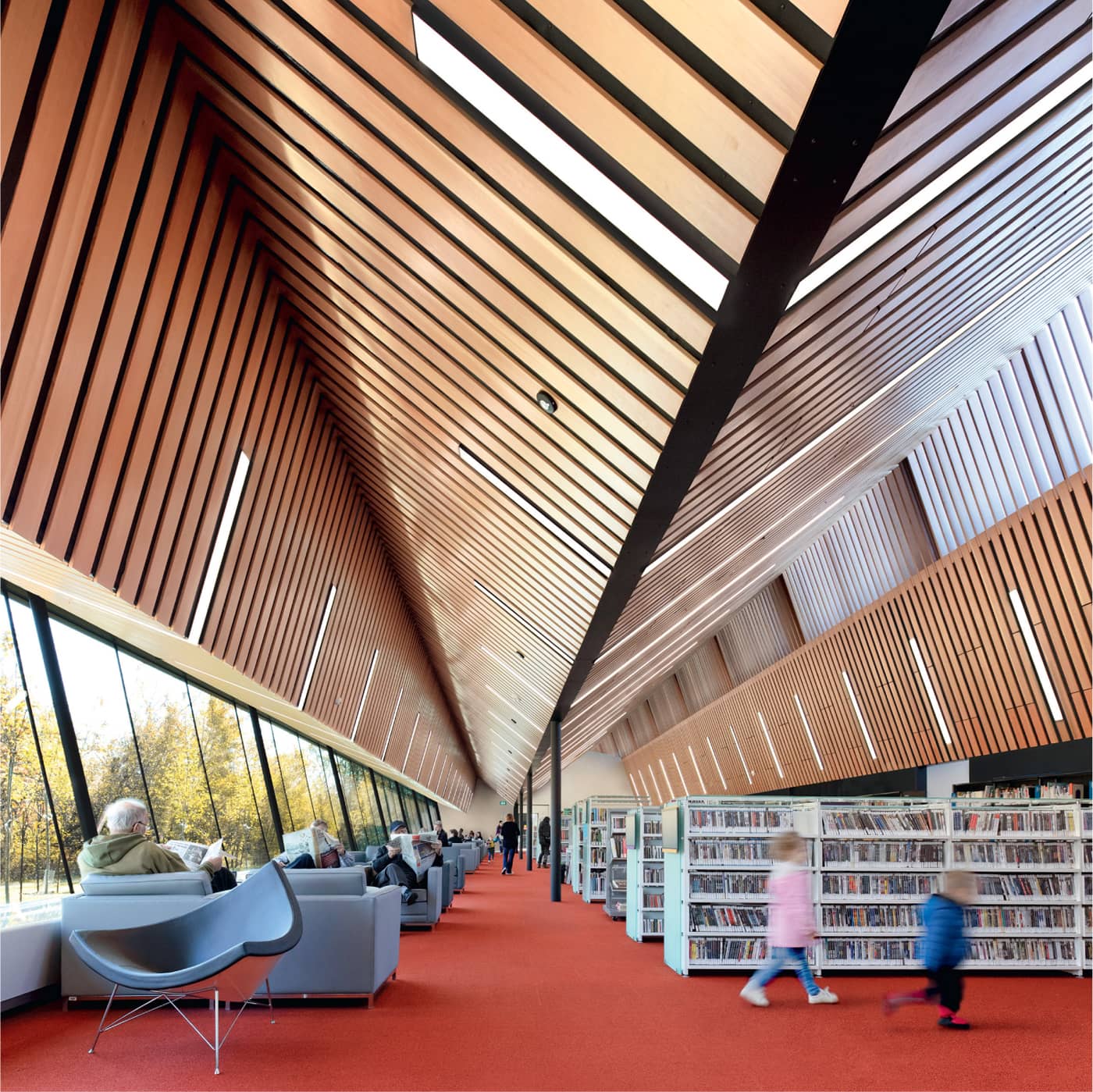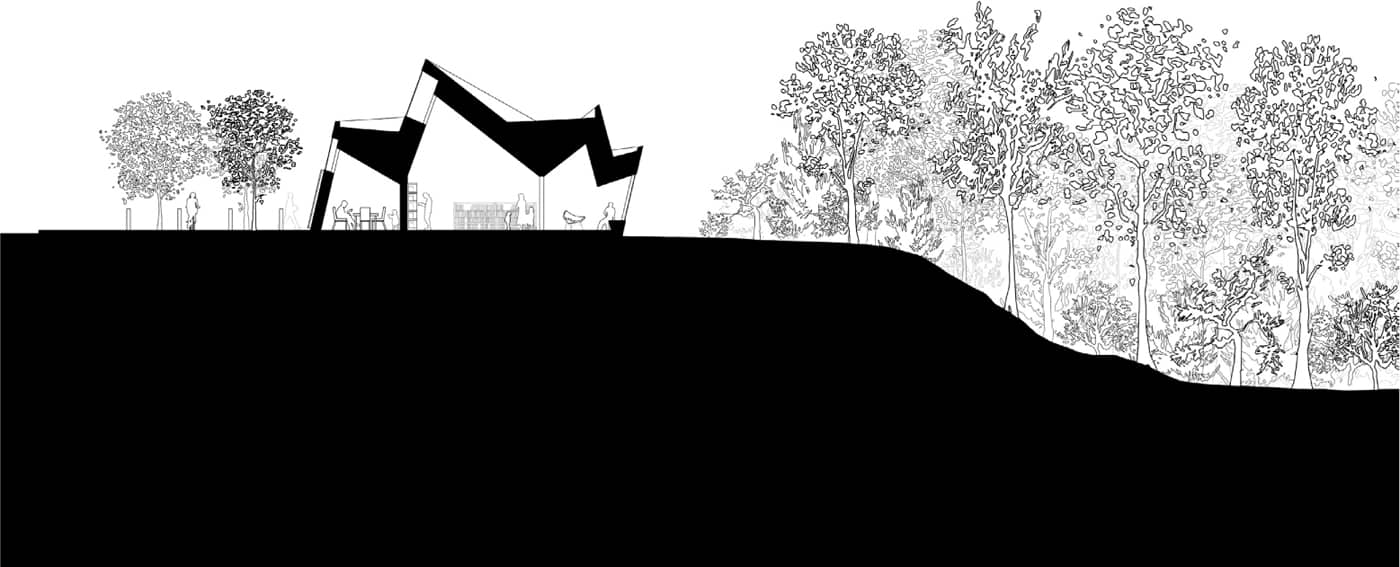64 Orientation
The positioning, placement, or arrangement of elements depending on the position of the sun.
Orientation, derived from the Latin word orientum, meaning “the rising sun,” refers to the position of a building relative to the sun. In ancient Egypt, Mesopotamia, and Central America, the entrances and passages of important buildings faced east, in the direction of the rising sun. Orientation also varies according to religious considerations Muslims turn toward Mecca, which is whatever direction that might be from where they are at that moment. While the Old St. Peter’s Basilica was oriented to the west, later Christian churches (or their altars ) faced the east.
With sustainability in mind, building orientation is an important part of the design process. Good building orientation maximizes natural light and ventilation in all climates and seasons, ensuring climatic comfort within the building, saving on energy costs, and offsetting the negative impacts of inclement weather and climate change. A design should take maximum advantage of both daily and seasonal variations of the sun’s radiation.
Solar Orientation Radiation intensity depends on the direction of the sun’s rays, increasing or decreasing building temperatures.
Wind Orientation To create natural ventilation, windows and doors should be located to take advantage of the prevailing wind patterns.
Although it’s not always possible to control the siting of a building, interior designers can strategically position rooms and their components (such as window shades or blinds, furniture, or plants) relative to where sunlight enters the space.

The Capilano Library by Patkau Architects in Edmonton, Canada, utilizes the site to develop access to light and, through sectional volumes, zones the spaces of the library.

